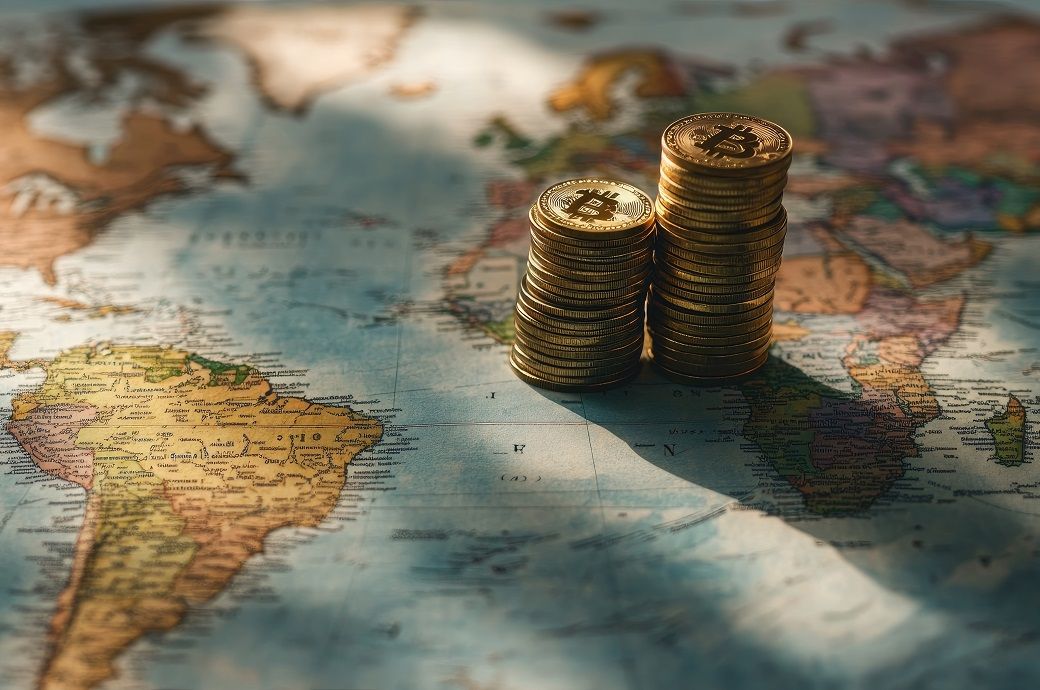

A notable decrease occurred in Turkiye, where inflation dropped nearly 10 percentage points, yet it remained significantly high at over 60 per cent. Excluding Turkiye, the OECD's inflation rate was broadly stable for the month.
Energy inflation within the OECD reached its highest level since February 2023, rising to 3.3 per cent in July from 2.3 per cent in June. This increase was observed in 22 countries, while 13 experienced a decline. Conversely, core inflation, which excludes food and energy prices, showed a decrease across the OECD, and food inflation also fell, though there was no consistent trend among countries.
In the G7 nations, headline inflation remained steady at 2.7 per cent in July, with notable increases in Italy, which still reported the lowest inflation rate in the group, and the United Kingdom. The United States saw its headline inflation fall below 3.0 per cent for the first time since March 2021. Core inflation was the primary driver of headline inflation in all G7 countries, except for Japan, where the combined impact of food and energy inflation outpaced that of core inflation.
In the euro area, year-on-year inflation as measured by the Harmonised Index of Consumer Prices (HICP) remained broadly stable at 2.6 per cent in July, up from 2.5 per cent in June. Energy inflation rose to 1.2 per cent from 0.2 per cent, while food inflation declined to its lowest level since July 2021 at 1.6 per cent. Core inflation did not change. According to Eurostat’s flash estimate, August 2024 saw a further decrease in year-on-year inflation to 2.2 per cent in the euro area, driven by declining energy prices, while core inflation remained broadly stable.
Within the G20 group, year-on-year inflation fell to 6.7 per cent in July, down from 7.1 per cent in June. Notable decreases were seen in Argentina, where inflation remains exceedingly high at over 260 per cent, as well as in Indonesia and South Africa. Meanwhile, inflation increased in Brazil for the third consecutive month and in China, where it stood at 0.5 per cent. Inflation remained stable in Saudi Arabia.
Fibre2Fashion News Desk (KD)